But as we grew and developed as artists, the materials and tools that we chose became more important. The connection between quality art materials and quality artwork becomes noticeable along the way and it’s no wonder that emerging artists desire to have the very best materials possible.
If you are starting to get serious about your artwork, no matter what age, you may also be starting to get serious about the materials that you use.
In this post, I’ll offer 10 essential drawing materials and tools for artists that are just starting to get serious about their drawing. (This list is focused on black and white drawing media only.)
1. Quality Drawing Pencils
We’ll start off with the most obvious essential – quality drawing pencils. When it comes to drawing pencils, each artist will find a brand that they connect with. There’s no way to know which brand will become your favorite until you try a few.
Drawing Pencil Sets
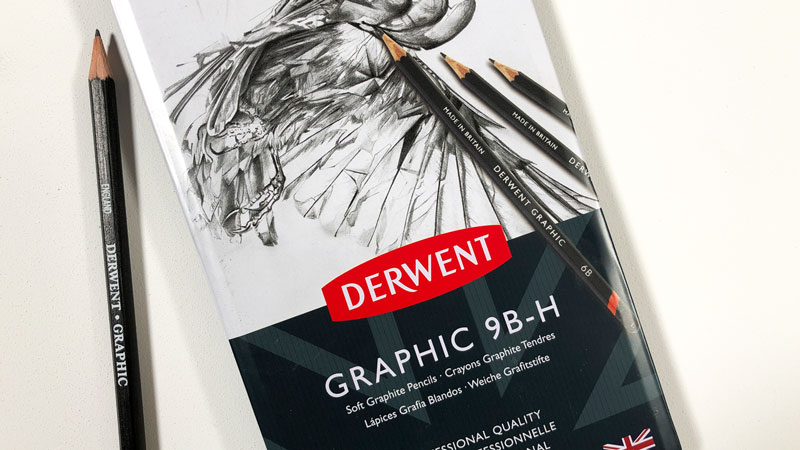
Pencil sets usually come packaged in nice tins and can be great because they often include the full spectrum of graphite grades. Many sets include pencils with harder graphite (9H) through softer graphite (6B). Harder graphite makes lighter marks and keeps a sharp tip longer, while softer graphite makes a darker mark, but needs constant resharpening. These sets give the artist the ability to work with many different values and varieties of mark. Learn more about the different grades of graphite here.
As far as pencil brands go, there are plenty of great options. Derwent graphite pencils are consistent in their quality and is the brand I recommend.
Individual Pencils
Many artists will find that they don’t use all of the pencils in a drawing pencil set. Instead, they may find that they only use a few of the pencils. For example, 2H, HB, 2B, and 4B pencils would be plenty of range for most of us. If this is the case, then a pencil set would not make sense. Instead, purchasing the individual pencils as they are needed may be the better approach.
Although graphite pencils aren’t very expensive, purchasing individual pencils can be more pricey than just buying a full set of pencils. You may also find yourself hunting for them at the art store.
2. A Sketchbook
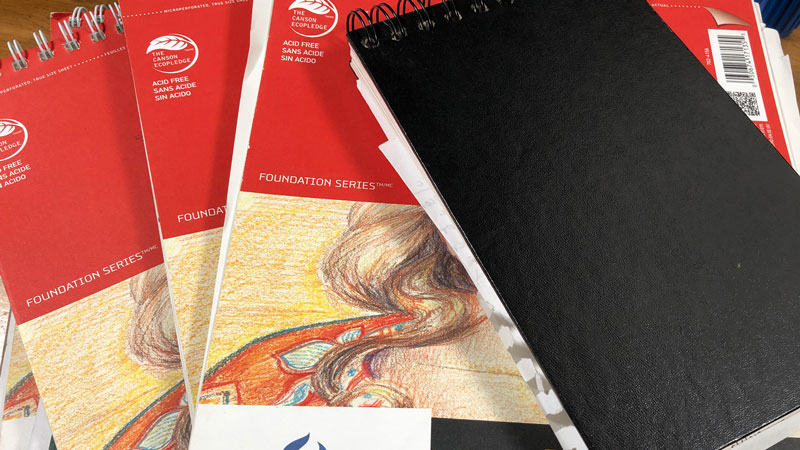
A sketchbook is one of the most important things an artist can have. I should point out that I am referring to an “active sketchbook” – one that receives attention on a daily basis. Anyone can “own” a book with blank pages of drawing paper. But the one that actively gets drawn in – on a daily basis is the one of value.
Let me make an analogy to a sketchbook’s importance. Let’s compare a professional athlete’s life to that of an artist.
The professional athlete may workout for hours daily in the gym or on the track to enhance their performance on “game day”. Though the world may never see the hours of hard work that have been put into the workout, the exercise is important – if not crucial to the athlete’s success.
An active sketchbook is the artist’s “exercise”. It is the “hard work” that goes into the development of the artist and it is the breeding ground for innovative, artistic ideas. Though the sketchbook may never be seen by the world, it is the often driving factor in successful artworks and successful artists.
Since a sketchbook is recommended for daily practice, it is important to choose one that is durable and has plenty of pages for all of your ideas. I suggest a sketchbook that has a hardcover so that it will stand up to repeated use and travel. A hardcover keeps the corners of the pages inside nice and clean and will help keep the pages flat if you use mixed media applications.
3. Quality Drawing Surfaces
A drawing can be made on any surface, but the quality of that surface is sometimes just as important as the medium that it is used upon it.
There are a few considerations for choosing a drawing surface that will affect the finished result.
1. The “Tooth” – The “tooth” of the surface is the texture of the paper. The texture of the paper plays a role in how the drawing material is accepted on the surface. Heavier textures will produces lines that may appear “broken”, while smoother textures will produce smoother lines and gradations of value. Some artists will prefer heavier textures while others will prefer a smoother surface. Learn how the tooth of the paper can affect the application of the medium here.
2. Paper Weight – The weight of the paper refers to how much a ream (500 sheets) of that paper weighs. For most papers, the weight of the paper will be directly related to the thickness of the paper. (It should be noted that some papers may have a heavier weight but actually be thinner.) For example, 80 lb. paper will typically be thicker than 60 lb. paper, while 100 lb. paper will be heavier than 80 lb. paper.
3. Acid Free – Paper that is “acid free”, without going into all of the technical details, will stand “the test of time”. This paper is will not yellow over time and is more resistant to fading that can occur when exposed to UV light.
Here are few recommended papers that you might experiment with…
Drawing Paper – Medium tooth paper that is suited for drawing with a variety of drawing media including graphite, charcoal, and colored pencils. There are ton of options for drawing papers, but Strathmore papers are recommended.
Charcoal paper – Heavier tooth paper that is lightweight – almost semi-transparent. Excellent for creating texture. (A variety of media can be used on charcoal paper – not just charcoal. I love it for graphite drawings.)
Bristol Paper – Smooth tooth paper that is heavier (think cardstock). This paper is quite rigid and is excellent for creating smooth gradations of value or detailed line work with ink.
Want to learn more about drawing papers? Check out this lesson…All About Drawing Papers
4. Variety of Erasers
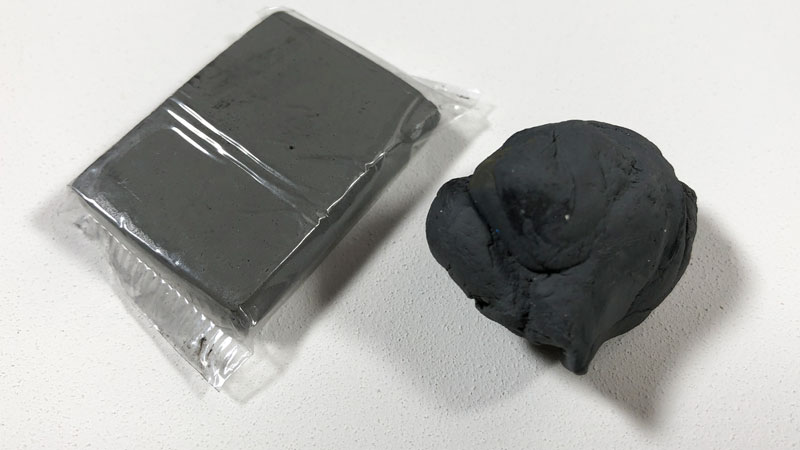
Erasers are for mistakes – right? Think again. Erasers can be a great mark-making tool as well. Each eraser creates a different mark and should be used as necessary according to the specific drawing medium.
Here are a few recommended erasers…
Rubber Eraser – Your standard eraser for erasing graphite. This eraser uses friction to remove any material from the surface.
Kneaded Eraser – This eraser lifts material from the surface, instead of using friction to remove it. It can be pulled and fashioned into different forms to create specific marks. This eraser gets dirty over time, but can be cleaned by pulling and “kneading” it.
Gum Eraser – “The Crumbler”. This eraser is great for removing media from surfaces that are sensitive to tearing. A gum eraser removes the medium through friction, but crumbles as it does so – preserving the surface.
Vinyl or Plastic Erasers – This eraser is the toughest of the bunch. It can erase almost anything. But be warned – this eraser can tear the paper if you’re not careful.
Some manufacturers produce inexpensive sets of erasers like this one from Prismacolor…
You can read more on the differences between erasers here.
5. A Good Pencil Sharpener
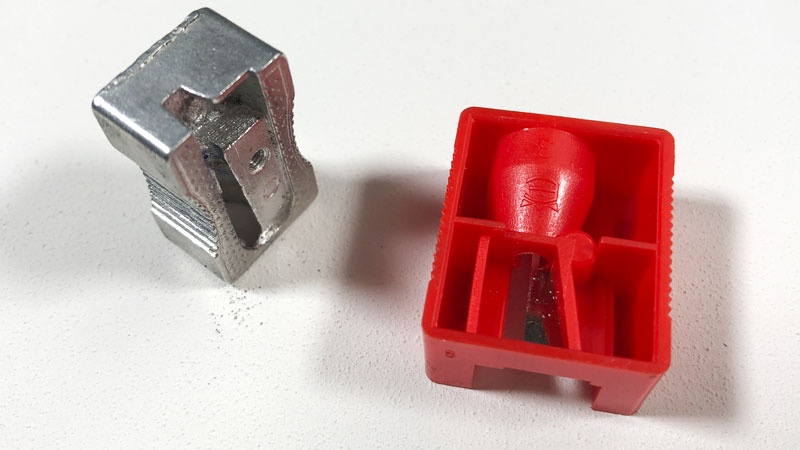
Pencils need to be sharpened with a quality pencil sharpener. Use a poor quality sharpener and you could be out of a pencil in a matter of moments.
Pencil sharpeners generally fall into two categories – Manual and electric.
Electric Pencil Sharpeners
Electric pencil sharpeners can vary in price and the old saying, “you get what you pay for” is true for what you get here.
A quality electric pencil sharpener will sharpen your pencil without eating it all up.
Electric pencil sharpeners are nice to have for a quick sharpen of the pencil, but should not be used with colored pencils. The waxy binder found in colored pencils can build up within the blades of the sharpener, ruining the device.
An Extreme Solution
I’ve had the pleasure of working with the X-Acto Commercial sharpener. It is a MAJOR pencil sharpener. This pencil sharpener sharpens pencils in a split second and is incredibly durable. It should last you years.
The only negative is that smaller pencils can get caught inside of the sharpener. This sharpener is definitely on the extreme side of things, but a cool commodity to have around.
Manual Pencil Sharpeners
While an electric pencil sharpener has its appeal, a manual pencil sharpener will do for most of us.
Like electric pencil sharpeners, the manual varieties come in different forms. My favorite is a simple, handheld metal sharpener. It’s a cheap and easy solution that is portable and easily replaced. Remember, if you’re sharpening colored pencils, then a manual pencil sharpener is what you should be using.
6. Charcoal or Conté
There are more options to black and white drawing other than drawing with graphite. No artist’s toolkit would be complete without charcoal or conté.
Charcoal provides a broader range of value and mark-making than what’s possible with graphite. The manner in which marks are made is different as well.
Charcoal comes in both stick and pencil form. Sticks of charcoal are usually either “vine” or “compressed”. Vine charcoal is softer and produces lighter marks, while compressed charcoal – which is concentrated, produces darker marks.
Charcoal pencils can be sharpened like graphite pencils, making them great for details.
Conté is similar to charcoal in richness of color – however the makeup of the material is different. Charcoal is burnt organic material, while conté is made of clay constituents.
7. Drawing Pens / Ink
When we draw with ink, we’re forced to master the use of line. Line is used to develop the illusion of form, texture, and light. Technical drawing pens are affordable, easy to find, and portable – making them great for every budding artist to have. Sakura Micron pens and Steadtler technical ink liners are both fine choices.
When you’re ready to take your ink drawings to another level, you may consider working with a dip or nib pen. This traditional approach to pen and ink drawing requires bottled ink. This approach does require a little more skill and is obviously less portable, but the resulting drawings have more character and are more interesting.
Felt tip pens are another option. I absolutely love felt tip pens. Felt tip pens allow the artist to create a variety of marks. The tip of the pen allows the artist to create a broad range of line quality.
An added benefit to a felt tip pen is the psychological effect that it can have on the artist.
Using a medium that cannot be erased forces the artist to be more deliberate with their marks. As a result, a bit more thought is put into the marks that are made. You can actually improve your drawing skills simply by using a felt tip pen while sketching.
8. Blending Stumps / Tortillions
Blending stumps are essential for the artist wanting to smudge or move material around on the surface. A blending stump allows the artist to create gradations in value without introducing the oils of the finger (through finger smudging) which can make a drawing look dirty or uncontrolled.
Blending stumps also allow the artist to create gradations and smooth applications of value in areas of detail that may be hard to get to otherwise.
You can learn more about using blending stumps and blending tortillions in drawings here.
9. Quality Colored Pencils
Colored pencils are everywhere. You can buy them just but anywhere. But this doesn’t mean that every colored pencil brand out there will get the best results. Quality matters and so does the type of colored pencil that you choose.
Prismacolor Premier
Prismacolor wax-based Premier pencils are soft and buttery, allowing the artist to layer colors to build up a solid application that often compares to a painting. Some people complain that they break easily and they do. But this is due partly to the soft core of the pencil which is also why they are so easy to use and build up on a surface.
Faber-Castell Polychromos
Faber-Castell’s Polychromos pencils are oil-based and behave slightly differently from wax-based pencils. These pencils require several layers to build up depth in color, but the results are fantastic. They’re expensive, but well worth the investment if colored pencils are your medium of choice.
Caran D’ache Luminance
Luminance pencils are wax-based, premium pencils. They layer nicely and are a little harder than Prismacolor Premier, meaning they break less often. These pencils are, in my opinion, the brightest colored pencils. So if you plan on working on darker surfaces, these pencils may be your best bet. They are expensive, so consider it an investment if you decide to go this route.
Learn more about the different types of colored pencils here…Colored Pencils vs. Watercolor Pencils vs. The Others
10. Artwork Storage / Portfolio
Your artwork is important. Even those works that you’d rather not let anyone else see are important. They need to be treated with respect and stored in manner that will keep them preserved and protected.
There are more than a few options for storing artwork, but the most popular option is a portfolio.
There are many different portfolio options out there on the market – each with their own benefits and drawbacks. If you are looking to add a portfolio to your collection, I would suggest looking for a couple features.
1. Rigidness – Look for a portfolio that will keep your artwork from bending. Most portfolios will do this, but there are a few cheaper versions that may not. Look for a portfolio that has a rigid support system.
2. Size – When purchasing a portfolio to store your work, be sure that you provide yourself some room for larger works. Don’t just purchase the 18″ by 24″ portfolio because all of your works up to this point are smaller than this size. Chances are good that you’ll produce drawings that are larger in the future and you’ll wish you would have opted for a larger sized option.
You don’t have to buy a portfolio when you can build your own. With a couple of rigid pieces of cardboard and tape, a portfolio can be created fairly quickly.
BONUS – Art Material Storage
Taking care of your artwork is important – but taking care of your materials is important too.
Finding a suitable storage solution is easy. Let me offer three different solutions for three different situations.
1. The Portable Container – When I was an art student in college, I carried around a tackle box filled with my art materials. No manufacturers had tapped into the demand for portable art storage containers back then, so we were all forced to carry around theses modified tackle boxes. They did the trick.
These days, there are plenty of portable solutions that are fortunately designed for artists. Many of these feature stackable trays and levels and are long and deep enough to accommodate brushes and other important tools.
2. The Semi-Portable Container – Larger varieties of the portable option exist as well. I call these “semi-portable” because while you can lug them around – they are really too large for daily use. But, they can provide exceptional organization for your art supplies and tools.
3. The Permanent Stack – If the need doesn’t exist to be carrying your art materials all over the place, then a more permanent solution might be the best option for you.
I’ve already posted on art material storage and the solutions that I use over here. You can check that out to learn more about what solutions may work for you as well.
Summing it Up
By no means are all of these materials and tools required for serious drawing. (You really only need a mark-making medium and a surface.)
But, if you are getting serious about your work, then you’re probably getting serious about your materials and tools as well and this list is what I consider to be “the essentials”.
If so, join over 36,000 others that receive our newsletter with new drawing and painting lessons. Plus, check out three of our course videos and ebooks for free.
Lesson Discussion
Comments are closed.


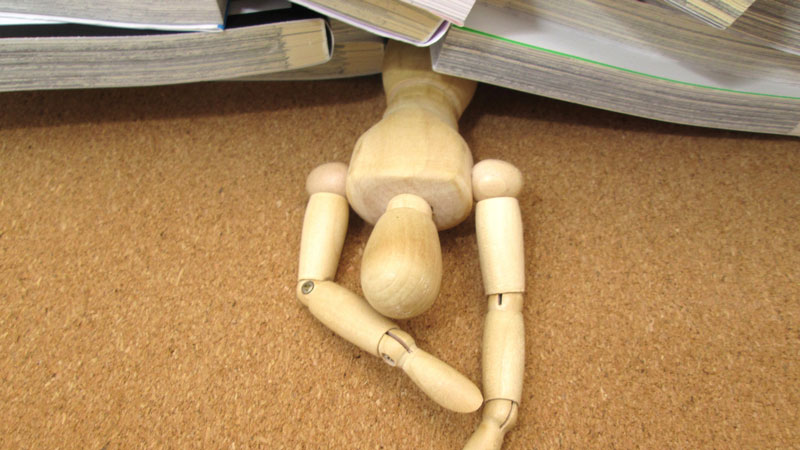
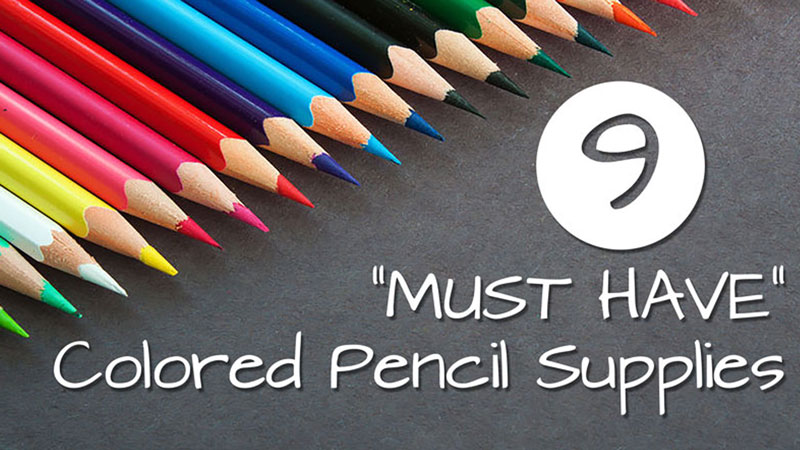
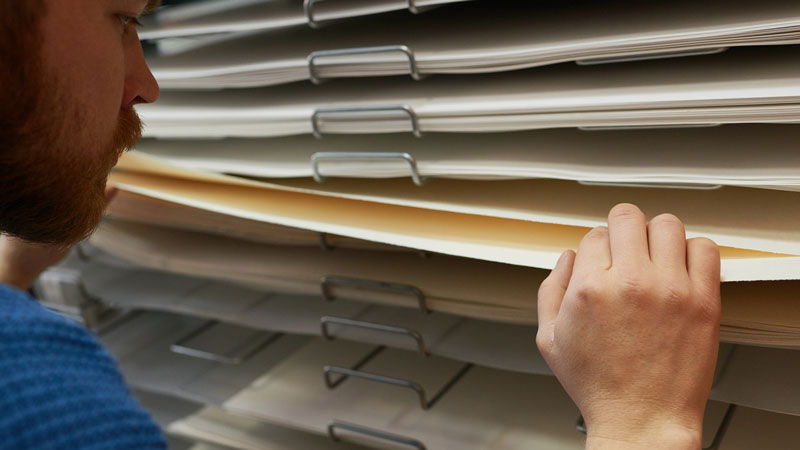
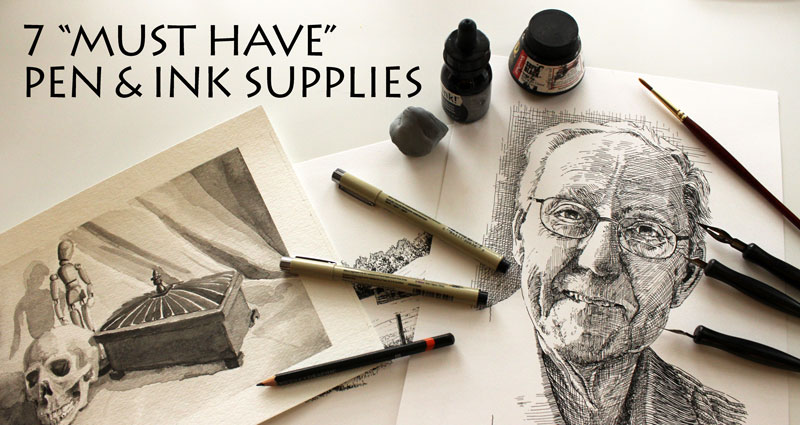
i like it
a fixative for during the art to stop unwanted smudging and after the artwork is finished
then buy a “kneaded” eraser! It works great trust me… I use it all the time!!
My 8 years old granddaughter loves to draw and sculpt animals out of any kind of Play Dough or clay. Her cartoon characters are so different and unusual, I want her to continue do it because she loves it.
What do you suggest I start her off with? I continuously buy reams of paper because she makes cartoon books with stories.
I recommend some sort of art kit that has everything she needs. That’s what my grandma did for me.
You should get some bright colored pencils ( I recommend Prismacolor) and a medium sized sketch book for her ideas ( Bee Paper is great for dry medias ). If you want to give her something new, I would recommend watercolor pencils. They will go on like pencils, but with water, added afterwards, the results can be stunning, but not too messy